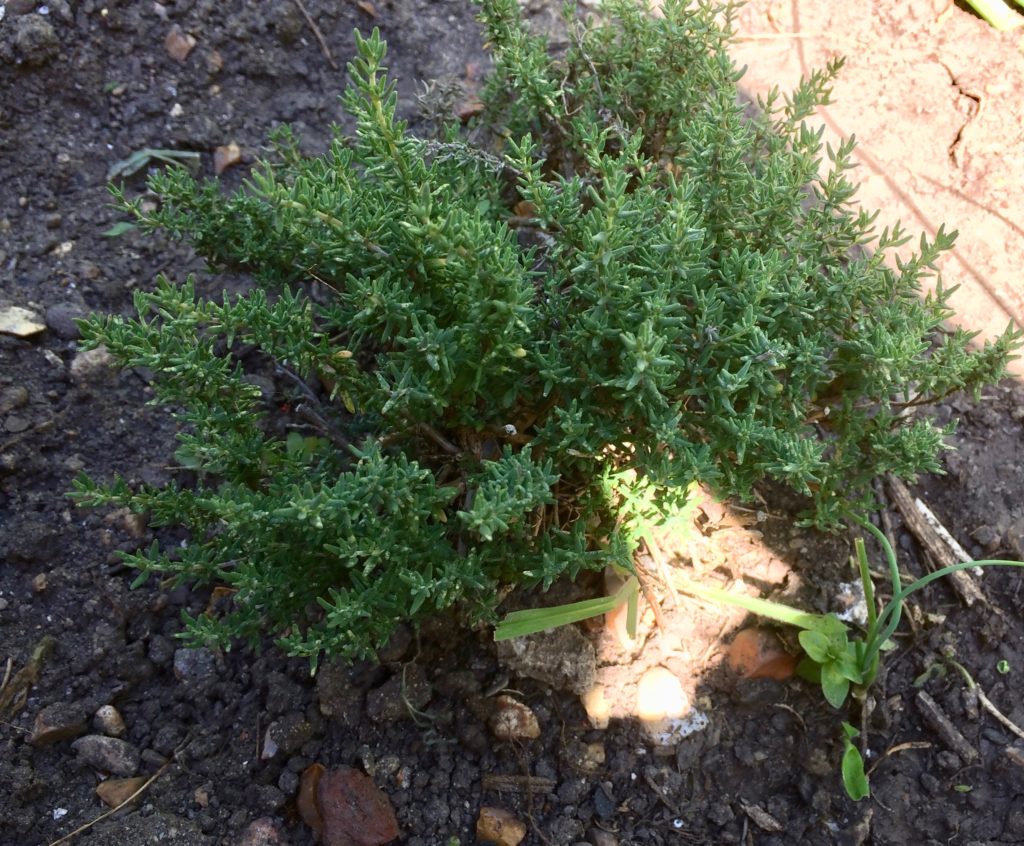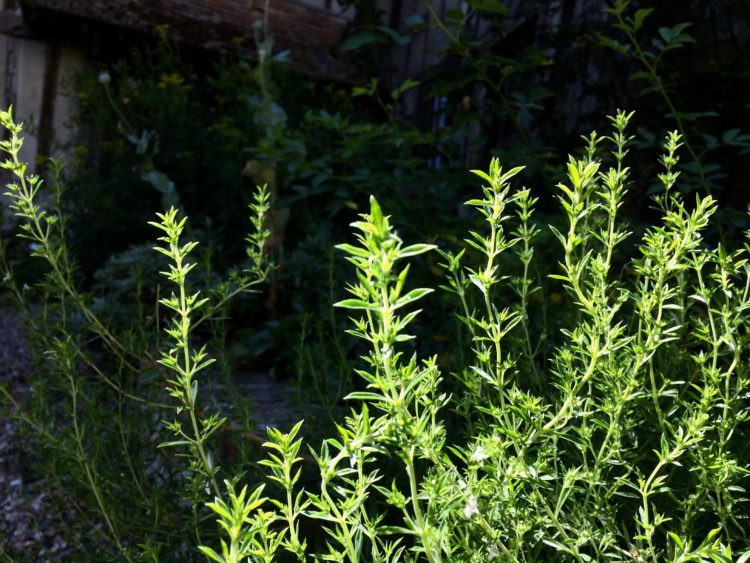
Herbes de Provence is the nearly mythical blend of green herbs from the Mediterranean landscape called the garrigue. When you walk the rocky trails in this region, it’s impossible not to think of pizza baked in a wood-fired oven, grilled eggplant with goat cheese, lamb roasted over the coals.
HERBS DE PROVENCE PEDIGREE – LABEL ROUGE



Like so many foods in France, herbes de Provence has a pedigree, called a Label Rouge, which specifies its make-up. Officially, it includes 30% each savory, rosemary and oregano, and 10% thyme. Some producers of this dried herb mix include basil, others bay leaf, and still others lavender. While these mixtures may have their appeal, they don’t get to be called herbes de Provence. And if that’s on the label and they get nabbed by the “authenticity police,” there is hell to pay (or at least a hefty fine).
WANT TO LEARN HAND-ON WAYS TO USE HERBES DE PROVENCE? JOIN US IN ANY OF OUR COOKING CLASSES AT ON RUE TATIN OR IN THE U.S. NOW SPECIAL PRICING GIVES YOU SAVINGS WHEN YOU COME WITH A FRIEND.
Herbes de Provence is big business; more than 500 tons are produced each year. Only 20 tons come from France; the rest is grown in many other places, mostly to the east of France. Not that this is necessarily a problem, but rather than depend on the vagaries of commercial production, I decided to grow and dry my own.

MAKE YOUR OWN HERBES DE PROVENCE
I respect the four-herb mix, which I suppose makes my herbes de Provence eligible for a Label Rouge. I love the idea, but what I love even more is picking herbs in my organic garden, plucking off the leaves and needles, laying them on newspaper and setting them in the shade to dry. Depending on the ambient temperature, it takes about 24 hours so while they’re brittle enough to crush, their flavors are still rich and fresh. (When I’m short on time I dry the herbs on the branch, then crumble off the leaves and needles when they are dry).
Once the herbs are dry, I divide them in half, putting some whole in a jar. The other half I grind in a spice grinder. One keeps better; the other is ready to use.
How do I use them? One of my favorite ways is to oil a shoulder of lamb and pat them on its surface, put it on the rotisserie over the coals and dream of being in Provence, both during the cooking and the eating. I sprinkle them over fresh goat cheese, eggplant, and grilled peppers, use them on dough that I drizzle with olive oil and bake into fougasse, the southern French flat bread. I put goat cheese in olive oil with a tablespoon of the whole herbs, leave them there for a week and voila! Herbes de Provence flavored goat cheese.
These are just a few ideas. After your trip to Provence, you’ll have a million others. And if you can’t go, this herb mixture will take you there. So, if these herbs aren’t planted in your garden or on your window sill, plant them, and make your own herbes de Provence.
Bon Appétit.
- 1/3 cup fresh rosemary leaves 3 generous grams
- 1/3 cup fresh savory leaves 3 generous grams
- 1/3 cup fresh oregano leaves 3 generous grams
- 2 tablespoons fresh thyme leaves
-
Mix these together and either use them as is, or mince just before using.






